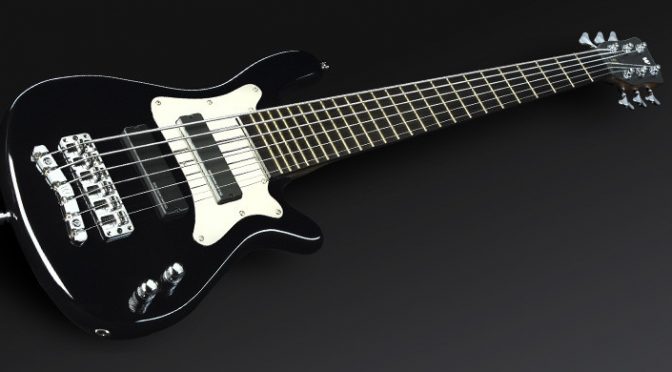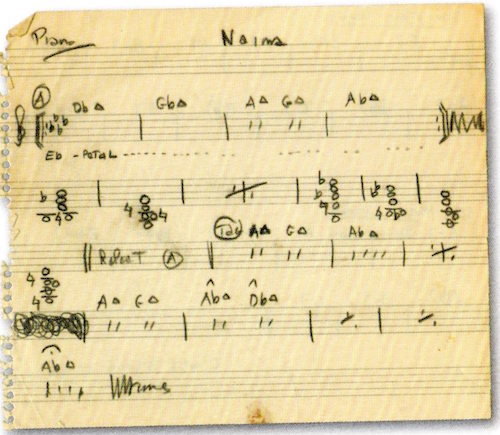Fretless Bass Jam/Improv on My Sire M7 5-String Bass – Bass Practice Diary – 20th October 2020
I haven’t featured this Sire Marcus Miller M7 5-String fretless bass in a video since I first got it and reviewed it last year. In that review I mentioned that I liked the sound and playability of the bass, but I’d had some issues with it. So, I’ll use this post to update you on how I’ve got along with the bass, one year later.
The Music
Before I talk about the bass, I’ll just quickly tell you about the music in the video. I like to jam with myself at home. Meaning record an improvised bassline and then play over it. Let’s face it, it’ll be a while before I get to jam with any other musicians. Lockdown restrictions have been tightened once again in London and I don’t think it will let up over the winter. So I might as well jam alone.
The bassline was a one take improvised line. I was just improvising bass grooves in 7/8 time signature. I was playing along with the little clave ostinato that you hear at the beginning. The rest of the drums were added after the bass parts.
For the improvised solo parts, I did five complete takes. With each take I got gradually more used to playing along with the bassline I’d improvised. The take in the video is number five. The only composed element is the little harmonised melody section. I added that afterwards as I felt it needed some kind of recognisable melody.
The bass sounds good and it plays well. And you could certainly argue that, that’s all a musical instrument needs to do. I’m inclined to think that way myself, and I do like this bass.
Having said that, as much as I enjoy playing this bass, it has turned out to be the most unreliable instrument that I’ve ever owned in terms of holding it’s setup. I made a video, alongside my review, demonstrating how I initially set the bass up. I needed to do it because the setup was a mess when I first got the bass, which in hindsight was a red flag.
Sire Marcus Miller M7 5-String Fretless, One Year Later!
In the year that’s passed, I’ve needed to set the bass up three times. Setups are susceptible to changes in atmospheric conditions, and changes in seasons often necessitate minor changes to setup and intonation.
The bass arrived in the autumn in the UK having come via Germany. It was built in Indonesia. So it’s fair to say it had experienced a few changes in atmosphere before I ever took it out the box. This partly explains the poor condition of the setup when the bass was new. By the time we arrived at spring this year and the weather started warming up, the action completely changed, and then again recently as we move into autumn again.
Moving from dry and hot to wet and cold seems to really mess this bass up. If you think this is normal, then I’m not explaining the scale of the problem very well. I own a lot of instruments and while some of them experience small changes as the seasons go by, this bass is ten times worse than anything I’ve experienced before.
I’ve been unlucky with this bass, I don’t for a moment think that this is true of all Sire M7 basses. I don’t know what it is about this particular one, maybe there’s a problem or a fault with the truss rod. I own enough Sire instruments to know that the setups are fairly stable on most of their instruments.
I’m used to doing the setups now. I can get the bass back to where I want it in under 20 minutes. However, I feel like I can’t ever sell the bass. Or if I do, I must sell it to someone who really understands what they’re taking on. On the other hand, as much as the setup issue is annoying, I always forgive the bass when I start playing it. Because it plays and sounds really good.























